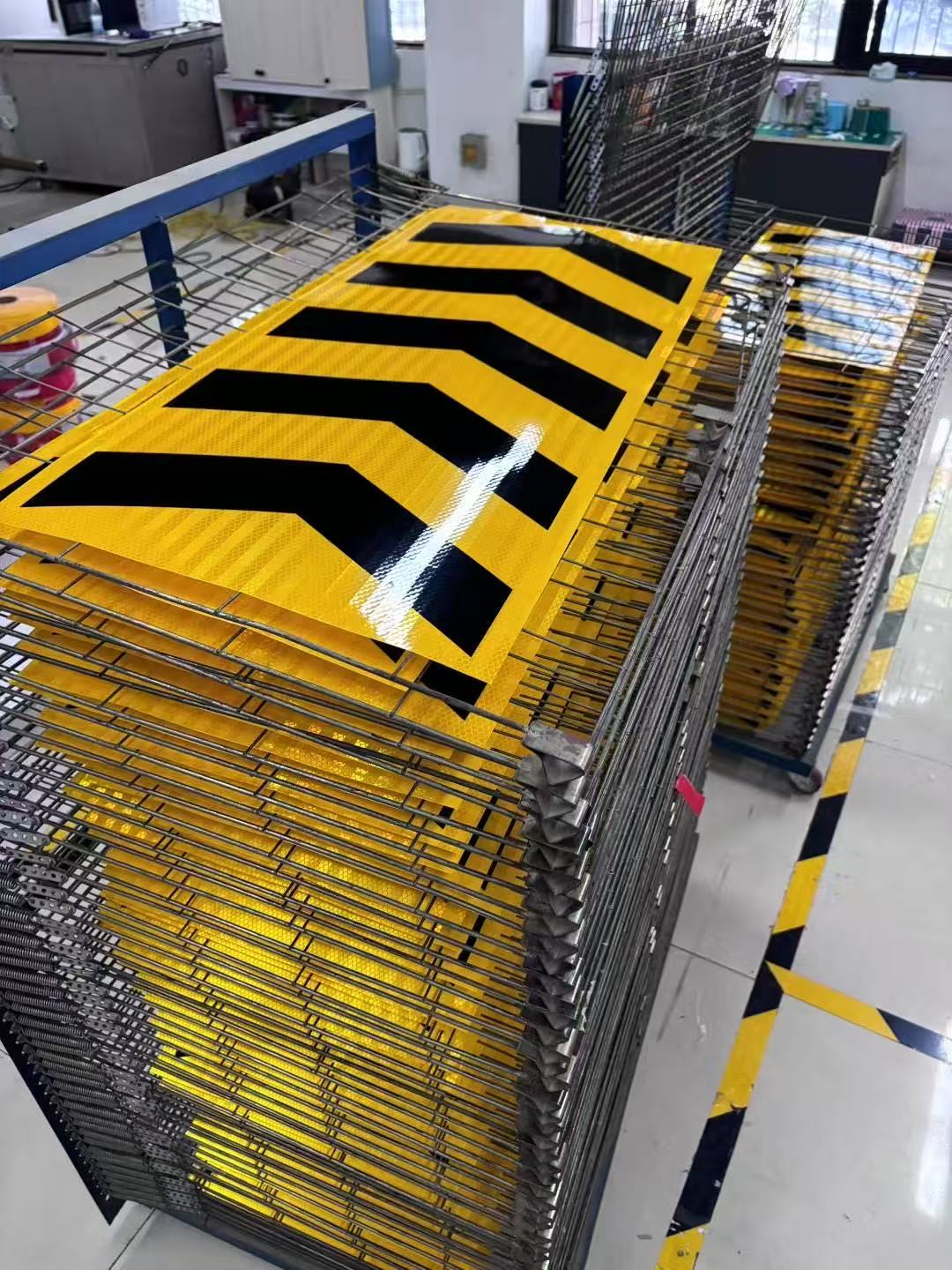L'arme secrète pour améliorer la visibilité des panneaux routiers : film réfléchissant prismatique vs matériaux traditionnels
Date de sortie : 07/06/2025
En matière de sécurité routière moderne, l'amélioration de la visibilité des panneaux de signalisation, notamment la nuit et par mauvais temps, a toujours été une préoccupation majeure des autorités routières. Les matériaux réfléchissants traditionnels et le nouveau film réfléchissant prismatique présentent des performances nettement différentes, ce dernier devenant un choix populaire pour la signalisation routière et les infrastructures routières. Quels sont donc les avantages du film réfléchissant prismatique par rapport aux matériaux traditionnels ? Nous comparons ci-dessous leurs caractéristiques et leurs applications en détail.
1. Différence dans l'effet réfléchissant
Les matériaux réfléchissants traditionnels, tels que film réfléchissant en billes de verres'appuient sur les principes de réfraction et de réflexion de la lumière. L'effet réfléchissant provient principalement de l'angle de réflexion de la lumière sur la surface des billes de verre. Cependant, l'angle de réflexion de la surface des billes de verre étant relativement étroit, les matériaux réfléchissants traditionnels sont généralement moins performants dans les environnements à faible visibilité.
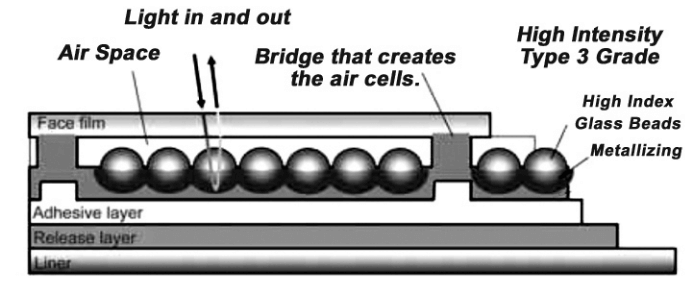
En revanche, le film réfléchissant prismatique utilise de minuscules structures prismatiques pour renvoyer précisément la lumière vers sa source. Quel que soit l'angle d'observation, la lumière réfléchie reste concentrée et claire. Cela signifie film réfléchissant prismatique offre un effet visible beaucoup plus distinct dans diverses conditions d'éclairage, en particulier la nuit ou dans des environnements à faible luminosité, surpassant de loin les matériaux traditionnels.
2. Durabilité et durée de vie
L'un des problèmes des matériaux réfléchissants traditionnels est qu'ils perdent souvent leurs propriétés réfléchissantes au fil du temps, sous l'effet des rayons UV, de la pluie et des frottements prolongés. Avec le temps, la surface des billes de verre peut s'user ou se décolorer, réduisant ainsi considérablement leurs performances réfléchissantes.
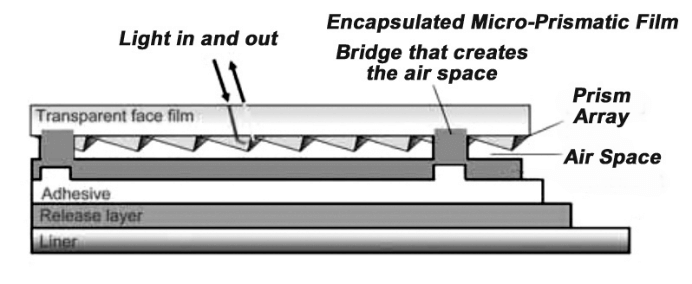
Le film réfléchissant prismatique, quant à lui, adopte une conception prismatique intégrée, plus résistante aux rayons UV et au vieillissement. Même exposé de manière prolongée au soleil et à la pluie, il conserve son effet réfléchissant bien plus longtemps, surpassant souvent les matériaux traditionnels.
3. Angle de réflexion de la lumière et flexibilité
Les matériaux réfléchissants traditionnels réfléchissent généralement la lumière selon un angle fixe, ce qui peut ne pas offrir une visibilité idéale dans des environnements de circulation complexes ou sous plusieurs angles d'observation.
Cependant, la conception du film réfléchissant prismatique permet de réfléchir la lumière sous différents angles, garantissant ainsi une visibilité optimale des panneaux routiers, quelle que soit la position du conducteur. Cette capacité de réflexion omnidirectionnelle améliore non seulement la visibilité, mais aussi l'efficacité des panneaux de signalisation.
4. Respect de l'environnement et rentabilité
La fabrication de film réfléchissant prismatique longue durée Utilise souvent des matériaux respectueux de l'environnement et sa stabilité permet de réduire la fréquence de remplacement, diminuant ainsi indirectement les coûts de maintenance à long terme. Bien que le coût initial du film réfléchissant prismatique puisse être légèrement supérieur à celui des matériaux traditionnels, sa durée de vie plus longue et ses faibles besoins de maintenance le rendent plus rentable à long terme.
5. Domaine d'application
Les matériaux réfléchissants traditionnels sont principalement utilisés pour les infrastructures de base, comme la signalisation routière et le marquage au sol. Le film réfléchissant prismatique, quant à lui, offre un champ d'application plus large. Outre les panneaux de signalisation courants, il est largement utilisé sur les autoroutes, les installations ferroviaires, la signalisation des parkings et même pour les films réfléchissants des véhicules. Dans ces applications, le film réfléchissant prismatique améliore non seulement la sécurité routière, mais aussi l'effet visuel et la lisibilité des panneaux routiers.
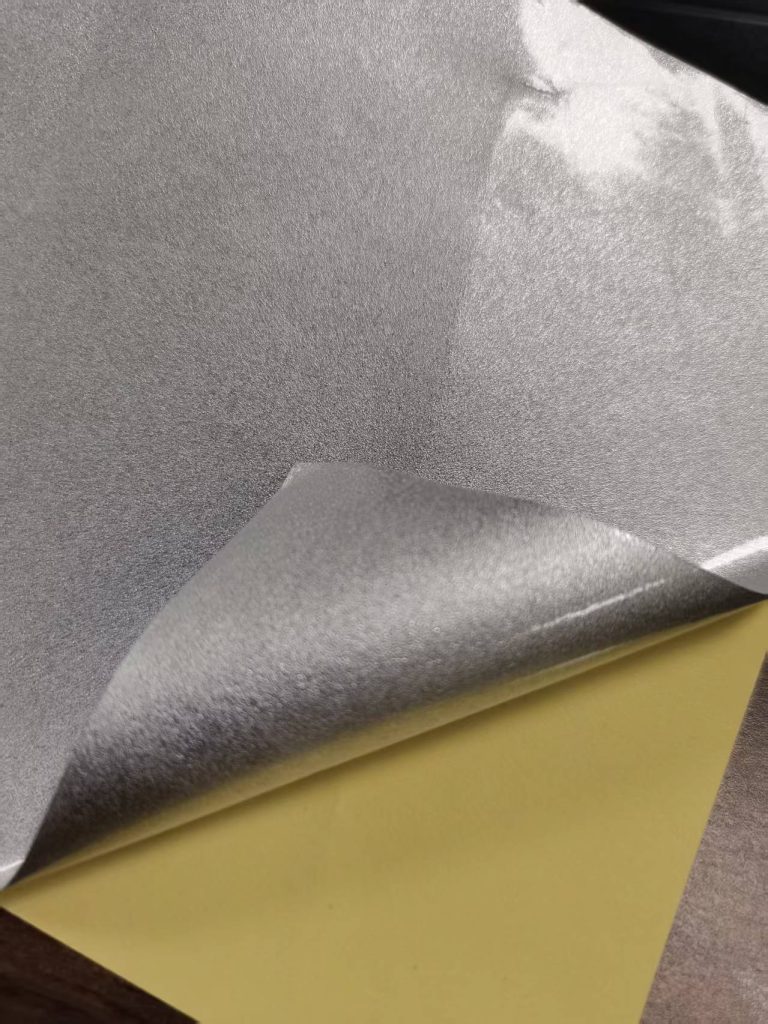
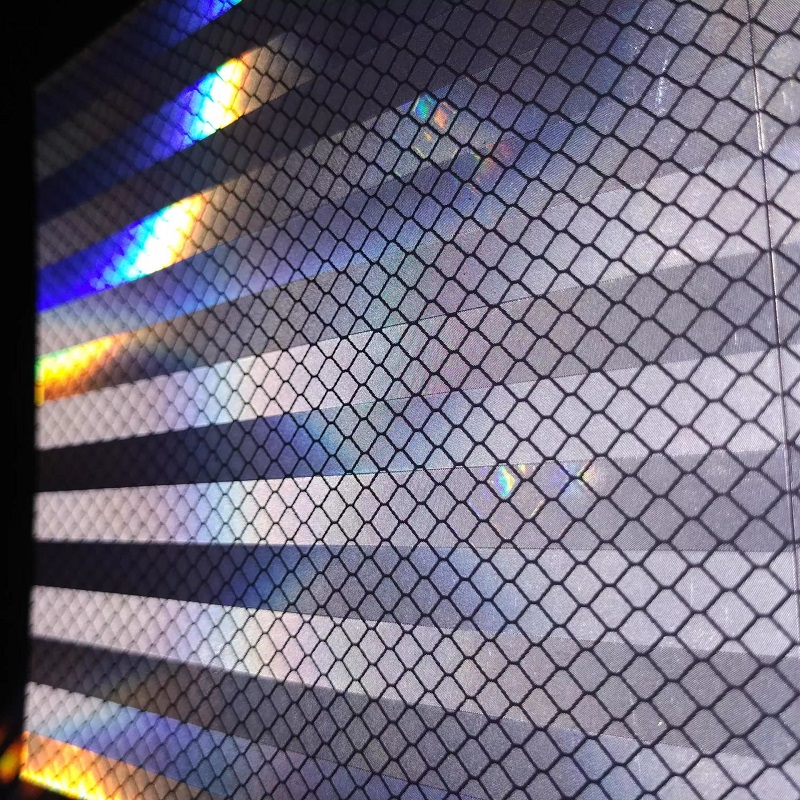
6. Facilité de traitement et d'installation
Les matériaux réfléchissants traditionnels peuvent parfois nécessiter des opérations plus complexes lors de leur traitement et de leur installation, notamment lorsque des formes ou des dimensions personnalisées sont requises. Grâce à sa flexibilité et à sa légèreté, le film réfléchissant prismatique est relativement facile à installer et s'adapte à diverses formes et dimensions.
En comparaison, le film réfléchissant prismatique se distingue par ses excellentes performances optiques, son effet réfléchissant durable, sa résistance supérieure aux intempéries et son coût avantageux. Si les matériaux réfléchissants traditionnels jouent encore un rôle irremplaçable dans certaines applications, le film réfléchissant prismatique représente sans conteste la tendance d'avenir pour la signalisation routière, en quête d'une sécurité accrue, d'une durée de vie prolongée et de performances accrues. Si vous envisagez de moderniser vos infrastructures routières ou recherchez une solution de signalisation plus performante, Hefei Mingchang Le film réfléchissant prismatique est sans aucun doute un choix à considérer.


